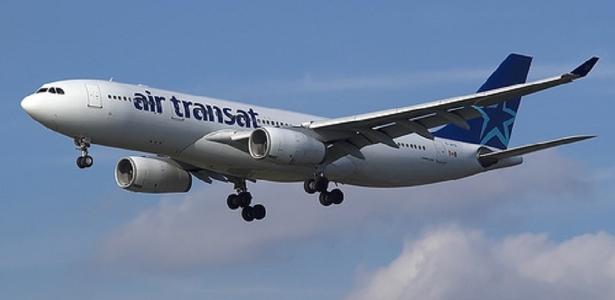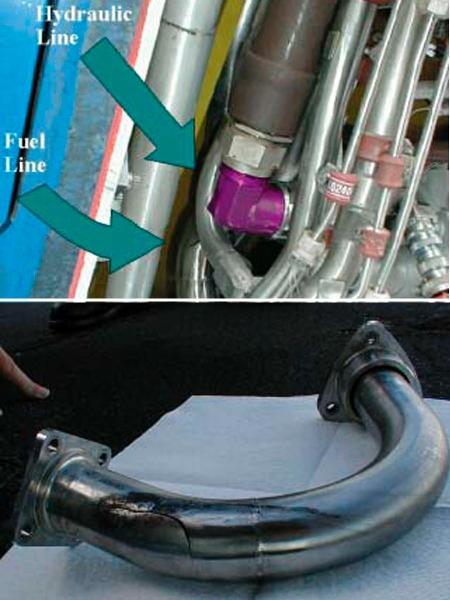In 2001, an Air Transat plane had to make an emergency landing after running out of fuel and the engines stopped working.
What happened?
On August 24, 2001, an Airbus A330 from the Canadian airline Air Transat made an emergency landing in the Azores (Portugal).
The aircraft was flying between Toronto Pearson International Airport (Canada) and Lisbon Airport (Portugal). After a few hours, the crew of Flight 236 noticed a problem with the fuel.
The right and left wing tanks showed quite different amounts. These values tend to be close together to keep the plane balanced.
To compensate, the crew began to send fuel from one wing to the other. The measure had no effect and one of the tanks emptied, revealing that there was a leak.
With the lack of fuel, they saw that it would be time to change destination. Thus, they changed the route to the airport of Lajes, in the Azores (Portugal), about 1,500 km from the European mainland coast.
Longest gliding record in history
Forty minutes after noticing the fuel problem, the right engine stalled. Thirteen minutes later, the left engine also stalled.
The aircraft was 120 km from the airport and at an altitude of approximately 11 km. Now he could only reach his destination by gliding.
After 19 minutes, at 5:45 a.m. local time, the plane landed at Lajes airport.
The landing damaged the aircraft’s structure and landing gear. Only two of the 306 people on board were injured.
The flight holds the record for the longest glide flight in history performed by an airliner.
What contributed to the accident?
Among the factors highlighted by the Portuguese authority that investigated the accident, the following stand out:
The installation of a misplaced hydraulic pump in the engine, which had been replaced a few days earlier, caused chafing in the fuel line, causing it to rupture.
The crew’s delay in realizing the wing fuel tank imbalance problem.
The pilots did not follow the printed list with the procedures to follow in the event of a tank imbalance, stepping from memory.
If they had been guided by the printed matter, they would have observed the recommendation to follow in the event of a fuel leak, according to the final report.
How did he fly so far?
The loss of engine power in an aircraft does not mean that it will crash immediately. It will still be able to hover, like a paper airplane or a hang glider, for example.
This ability is called finesse. It is the ratio between the distance traveled horizontally by the plane and its loss of height.
A hang glider, for example, can have a glide ratio of 7:1. That is to say, for every seven meters that it advances horizontally, it loses one meter in height.
Glider planes can have a glide ratio greater than 50:1. A single-engine Cessna 172, seating up to four people, can have a glide ratio of 8:1.
A passenger Boeing 767, on the other hand, can have a glide ratio between 16:1 and 20:1. This value can change, up or down.
The rate and time of descent change depending on several factors. These include piloting techniques (which can slow or speed the descent to an airport), wind, aircraft pitch, wing area and altitude.
The weight does not influence the distance traveled. However, it increases the descent speed.
accidents
A lack of fuel is also called a dry pan. It is one of the main causes of aircraft accidents in Brazil.
Since January 2013, there have been 58 such accidents in the country. The data comes from the Cenipa (Center for Investigation and Prevention of Aeronautical Accidents), an agency linked to the FAB (Brazilian Air Force).
Of this total, eight accidents resulted in fatalities.
This type of event can occur for several reasons. Among them, leakage, fuel contamination or poor flight planning.
This is the case of the accident of the LaMia plane which transported the team of Chapecoense in 2016. The plane collided with a hill near the airport in Medellín, Colombia, killing 71 of the 77 occupants.

“Prone to fits of apathy. Beer evangelist. Incurable coffeeaholic. Internet expert.”








